Every industry has its own lingo. There are accepted words that everyone in the industry understands and that have become so pervasive that they become hard not to use in normal conversation. Librarians and bookstores call magazines periodicals. Politicians call people constituents and doctors or nurses call additional diseases or conditions you might have in addition to your main condition comorbidities. In each case, the industry has created words that make sense to those within it, but sound strange, complicated and even scary to those outside.
This is not just about industries. Companies have their own lingo too. One of my tech clients calls powerpoint presentations "foils" and several others call launching a product or service "activation." Part of getting to know a client as a service provider is learning and sometimes using their lingo. When it comes to customers, however, it should work the other way around. The challenge for any marketing team is to figure out how to reduce their own lingo and instead use words and talk in the way that consumers will more easily understand.
Here are a few tips to help you do that:
- Build awareness of lingo usage. Saying something out loud and using a natural voice can often help to eliminate some of this lingo usage, because you would realize that you are using it as you converse. This may work for some of the less ingrained types of lingo, but not if certain words or ways of describing things are more deeply rooted.
- Create a list of "bingo words." The only way to inspire people within an organization to become aware that they might be using internal lingo with external people is to create a highlighted list of most common words that are used within your company. This means you will need to actively start listening to how others in your team describe things and keep this list over a matter of weeks. Once you have a reasonable number of words on it, you can start to share those with the team and build awareness among them of the fact that these might not make sense to outsiders.
- Find frequently used alternatives. One of the best tools to help you see what words people might actually use to describe something is Google's Keyword Tool. This is a part of the Adwords system that gives you the ability to check and see what words and phrases people actually use to search (and therefore are more likely to understand in conversation). Sometimes you can type in your own internal word and get suggestions for alternatives. Otherwise, you can plug in the closest alternative and get suggestions based on what people actually search for.
Using these suggestions can help you to identify and bring more awareness to people within your organization of the language they are using which might be making it hard for your consumers to understand and interact with you. It is a subtle thing, but the more you can talk in a way consumers understand, the more easily you can connect and engage with them.


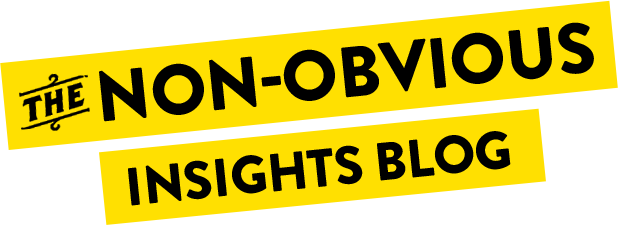




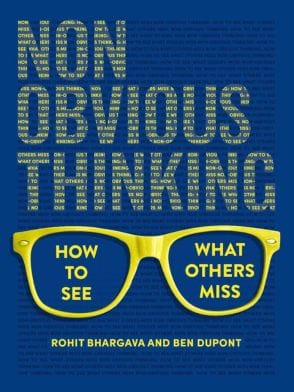

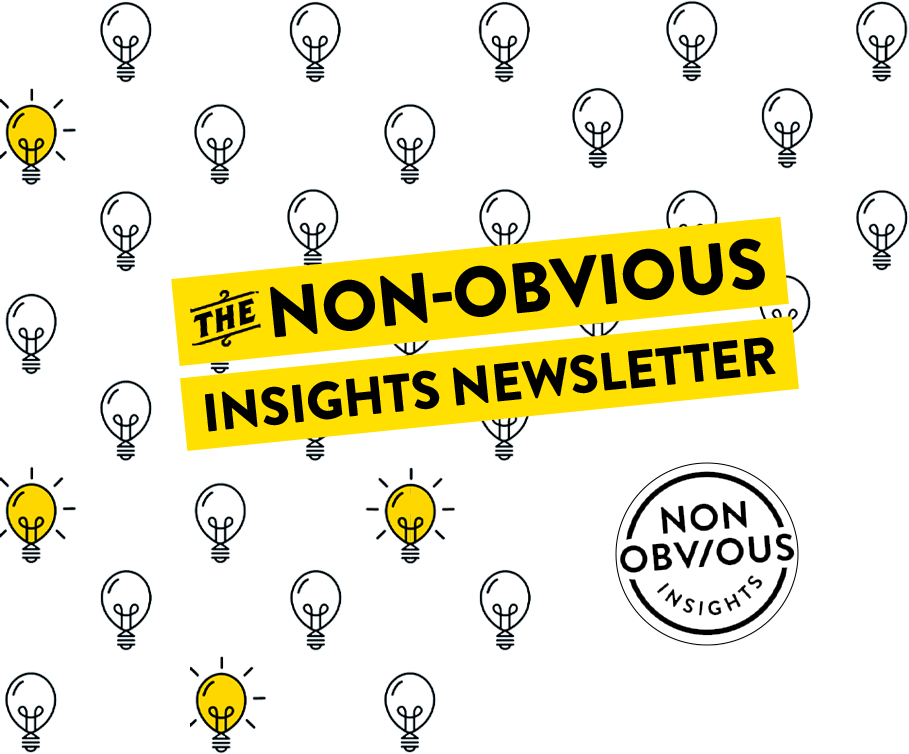



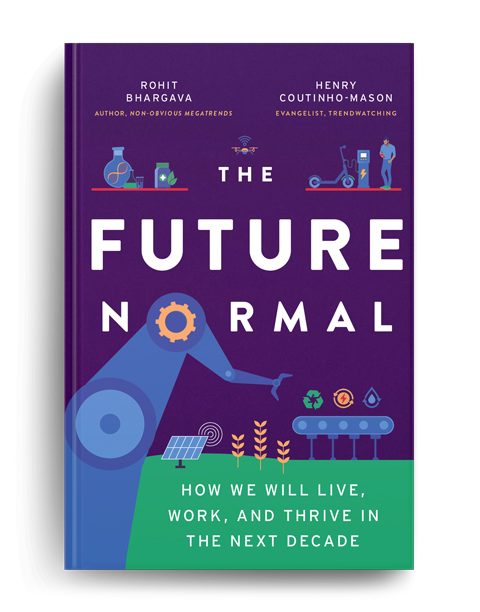


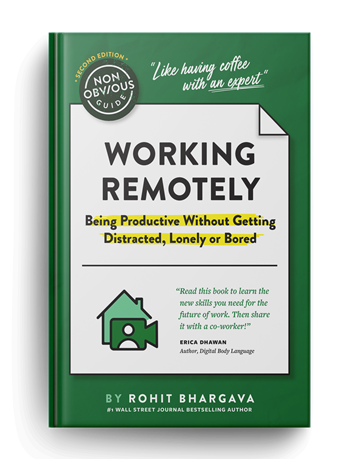
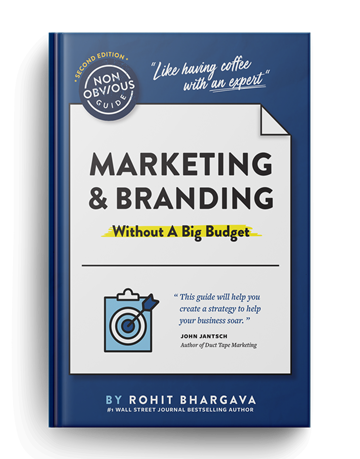

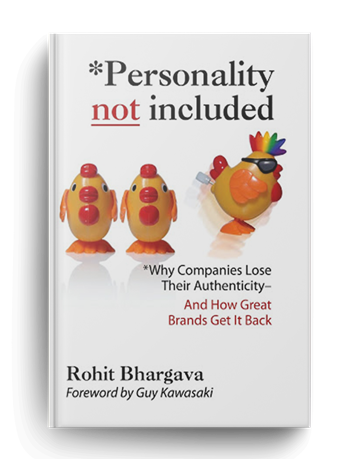



Lingo is the great divider of understanding really. When I write a new presentation (I teach social media marketing workshops to C level execs globally) I try to imagine I am training at the Grade 4 level.
At this point, I should indicate that my Grade 4 son is far more adept at using technology than I am, lol!
That being said, I have found that filling presentations with “jargon”, “street vernacular”, or “jizzle” just serves to alienate the listener or customer.
I find speaking to them as if they were a good friend in a completely different profession works well, and always tell a story.
Language can be a great tool to convey an idea, but it can also be a huge barrier. Treat it wisely, respect the customer or listener, and instead of trying to impress with jargon, try to connect with them in a real dialogue
Ron Davies
I invite you to see my post, I hope you will find interesting too.
Hi Rohi,
This is really a hard job to exclude jargons for customers. I think the main reason is learning pattern of a fresher in Industry.
Few years back when I entered in Digital marketing Industry, I learned all terms which were actually Jargons. Now when I deliver a proposal to client about digital marketing, client has to ask me more than 10 times.
Let me share an example “link building” this is a simple word but it is big Gargon for a person who is running a restaurant.